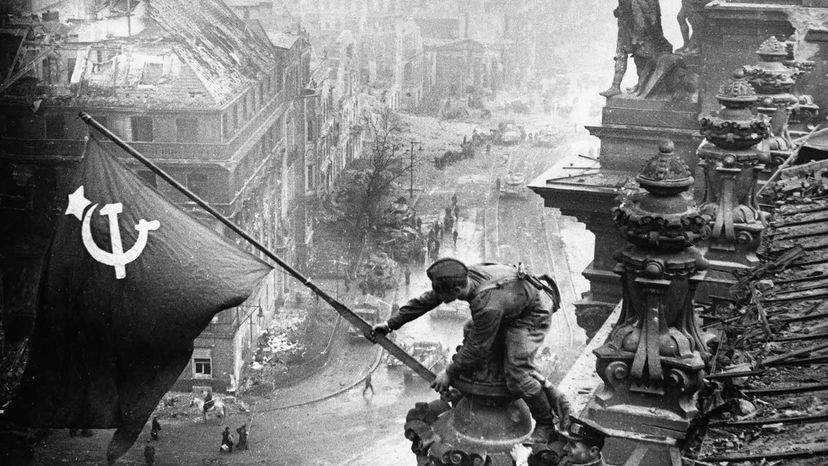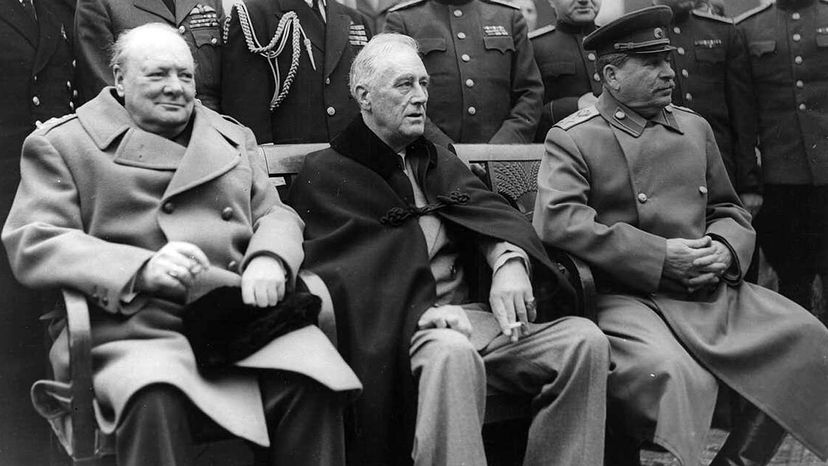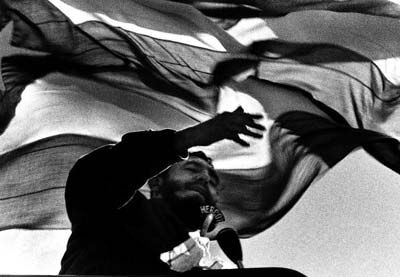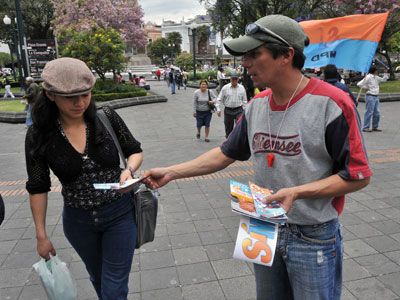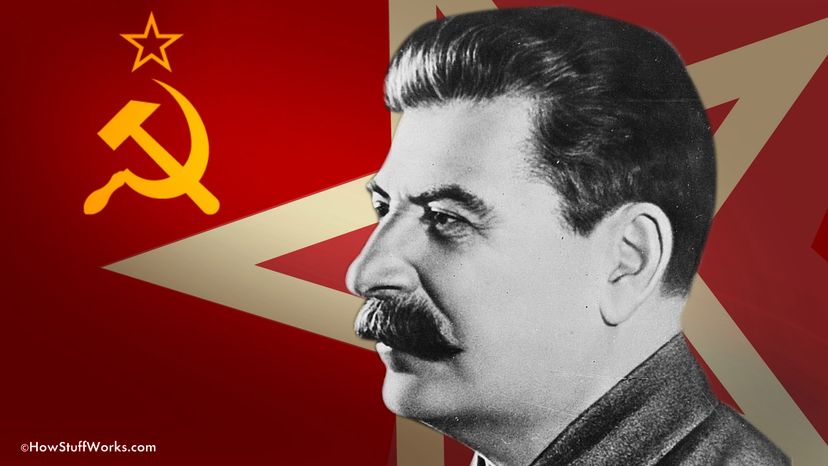
In any recounting of the horrific deeds of Joseph Stalin, know this: You'd better settle in, because the list is long, painful to recite, and rife with incalculable suffering and death. Stalin grew his power as general secretary of the Communist Party of the Soviet Union in the early 1920s after the Russian Revolution. He later became the unquestioned and de facto dictator of the Soviet Union and was shockingly ruthless when it came to killing his people.
Yet it could be argued that Stalin was simply a product of his time, one of many cruel, evil men in the 20th century. In China, Mao Zedong killed millions, while tens of millions more Chinese died from starvation and suicide in the Great Leap Forward.
Advertisement
Stalin is often compared to Adolf Hitler, who killed some 6 million Jews in the Holocaust. In the Ottoman Empire in the early part of the 1900s, leaders carried out the near-genocide of millions of Armenians. Many millions died as the result of Japanese war crimes during World War II under Prime Minister Hideki Tojo and Emperor Hirohito.
Even in the Soviet Union, Stalin's predecessor, Vladimir Lenin, was unforgiving in leading his party through a brutal revolution that claimed some 9 million lives.
"The problem in teaching Stalinism," says Matthew Payne, a professor who specializes in teaching modern Russian and Soviet history at Emory University in Atlanta, "is how not to dismiss what was a very brutal regime while also contextualizing it in a very unstable part of world history. For me, it's always a question of, 'Did Stalin make the revolution, or did the revolution make Stalin?' Mostly, I would have to say the revolution made Stalin."
Stalin clearly has his place among history's most murderous ideologues. The numbers of dead under Stalin's rule (what came to be known as Stalinism) are somewhat disputed, given the secretive and oft-times sketchy record-keeping during his terrorist reign. But through his direct order, millions in the Soviet Union died by execution, and more perished in labor camps. Millions more starved to death through his ill-conceived and often purposely cruel policies. Seven of the most heinous acts he committed are below.
Advertisement


